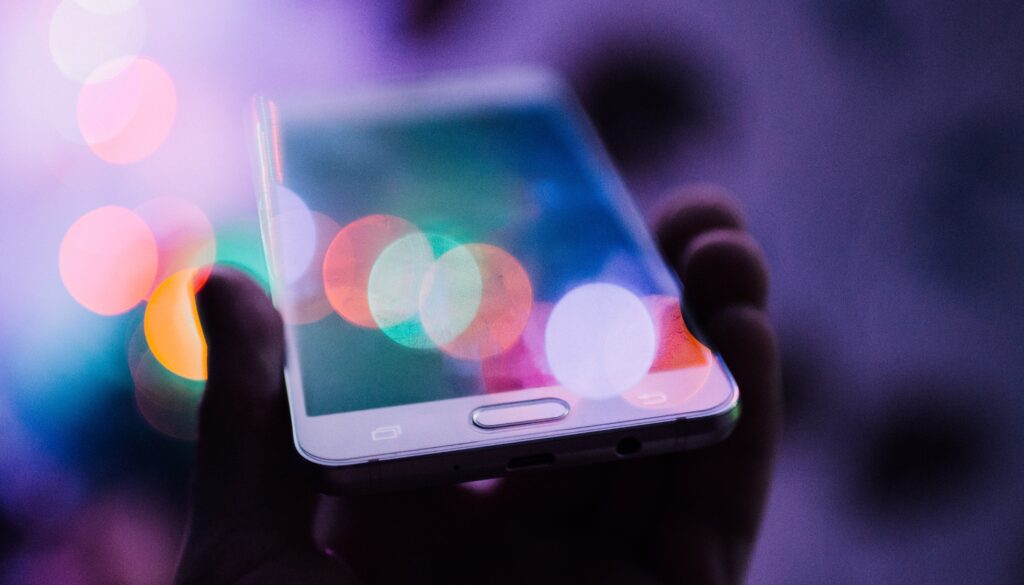The digital divide in South Asia
As the pandemic wears on, it’s important to address a privilege those of us on social media have, that many South Asians don’t – access to the internet. This lack of access is often referred to as the “digital divide.”
This divide is the gap that exists between those who have access to modern information and communication technology and those who lack access. Even though the South Asian region has the world’s second largest online market, 50 percent of India’s population, 59% of Bangladesh, and 65% of Pakistani people live without the internet.
Now, of course, while this issue is just one of many which affect South Asia, it’s particularly important right now. The pandemic has affected all – but people without internet access are more impacted than others.
In South Asia, the digital divide has impacted access to education for students, access to information about vaccines, the ability to find employment, and more. Let’s break it down further here:
Education
The digital divide has exacerbated existing technological and educational disparities that already existed within South Asian countries. Prolonged school closures have disproportionately impacted vulnerable students. In India, which has the second-largest school system in the world, a total of 320 million learners had to transition to the e-learning industry. In Pakistan, over 300,000 schools closed – and only one million school-age children have regular access to digital divides and bandwidth. In Bangladesh, 59 percent of the population or about 97.4 million people don’t have internet access. There, 38 million students and close to one million teachers have been affected since school closures started on March17th and continued into 2021.
Healthcare
The digital divide is also proving to be a sticky issue for trying to vaccinate everyone. In India, urban districts receive 1.7 times more vaccines than their rural counter parts, which is particularly problematic since 65.5 percent of the population lives in rural areas. In Bangladesh, those without internet registrations were turned away when vaccinations began in August 2021.
Employment
Half of India’s population lacks internet access, and only 20% of Indians know how to use digital services, according to government data. The government has launched online job portals for laborers and e-passes to more around during the lockdown, but they are leaving out those who do not understand how to use the internet. In Pakistan, 46 percent of the 185 million of those who use cellular services have access to 3G or 4G services. Of those, even less have the knowledge or skills they need to use it improve their education, careers, business opportunities, etc.
So, what are governments and various organizations doing to address these issues?
In Pakistan and Bangladesh have been using televisions to teach students. Pakistan has deployed the federal program TeleSchool for Pakistani students, and the provincial program Taleem Ghar for students in Punjab. UNICEF is working with the Government of Bangladesh to offer remote learning through TV, radio, mobile phone and Internet platforms.
In India, organizations such as Women Who Code Delhi, VMinclusion Taara, Feminist Approach to Technology, ThinkZone, and Soochnapreneur have focused on trying to address the digital divide by trying to provide free technical education. Microsoft has helped close to 3 million people from again access to digital skills. In Pakistan, organizations like Community Services Program are providing digital literacy to 1,000 students within Punjab, Pakistan as of March 2021.
Right now, it’s hard to predict what the future holds as this pandemic continues to change our lives forever – but one thing is for sure – we need to learn and do more to address this digital divide moving forward if we want the South Asian region and the world to prosper.




